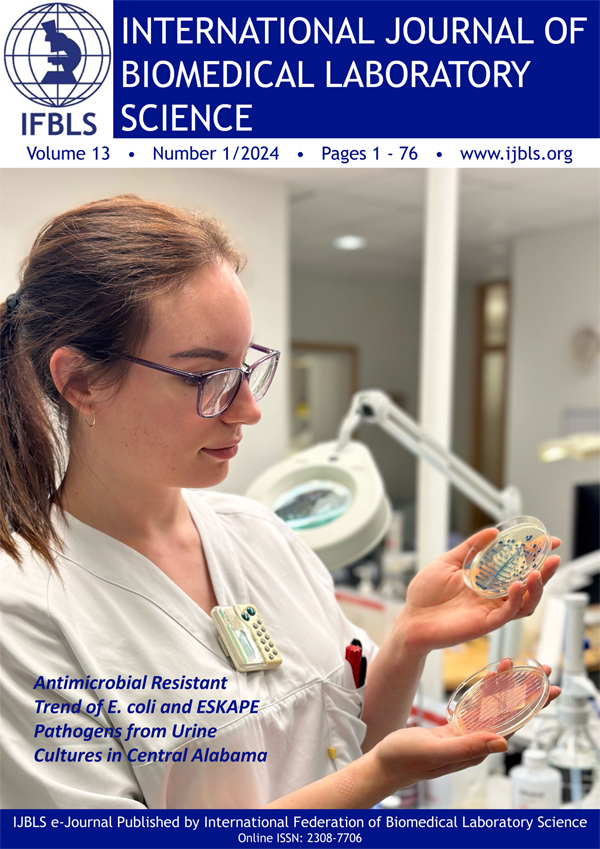Abstract
The T-Cell Acute Lymphoblastic Leukemia 1 (TAL1) gene encodes for a transcription factor that is a major regulator in hematopoiesis. This transcription factor affects the differentiation of the Hematopoietic Stem Cell (HSC) into lymphoid cell lineages, specifically T lymphocytes. T lymphocytes play a major role in the bodies cell mediated immunity. Any defect in TAL1 causes an immunocompromised patient. There are several mutations that can cause defects in the T-Cell Acute Lymphoblastic Leukemia 1 gene. One specific mutation studied is a translocation, exchanging genetic information between chromosome 1 and chromosome 14. This translocation is specifically referred to as t(1p33;14q11). This translocation induces an over expression in the TAL1 transcription factor. With this excess protein, tumor activity is created in the T lymphocyte development pathway, producing the T-cell Acute Lymphoblastic Leukemia (T-ALL) phenotype. There are many current therapies, like chemotherapy, that treat the symptomatic ailments of T-ALL, but are slow curative therapies. Gene therapy is a novel treatment that can be used to directly target the chromosomal mutations causing T-ALL. One of the major drawbacks of current gene therapy techniques is the lack of specificity seen in vectors used to target the chromosomal abnormalities. Improvements in gene therapy can be accomplished through the use of Zinc Finger Nucleases (ZFNs), a type of engineered nuclease. In theory, gene therapy using ZFNs suggests a realistic cure for T-ALL. This paper outlines the potential use of ZFNs in creating more effective gene therapy treatments for T-ALL patients with the t(1p33;14q11) mutation in TAL1.
Key words: gene therapy, ALL, zinc finger nucleases, hematology
Gene Therapy using Zinc Finger Nucleases for the Treatment of Acute T-Cell Leukemia


